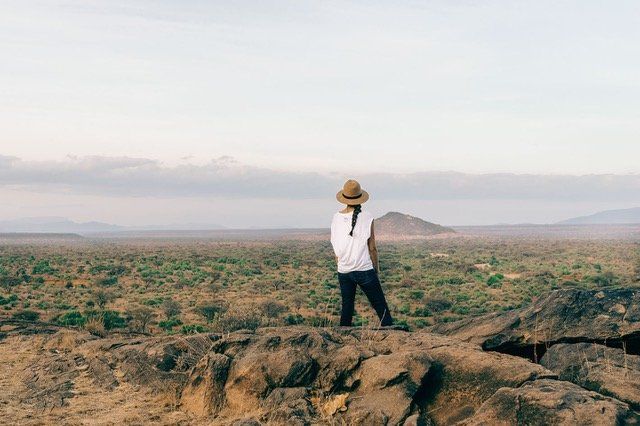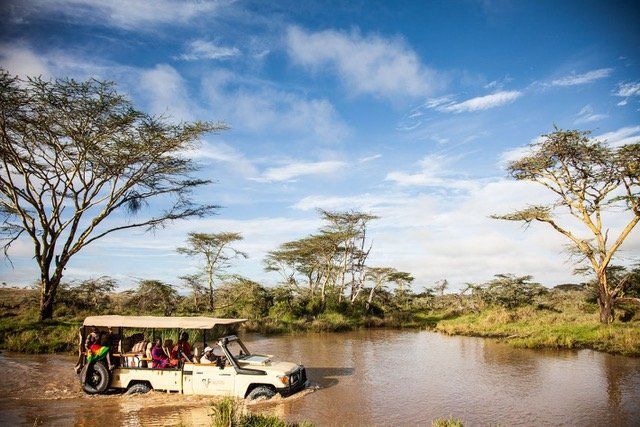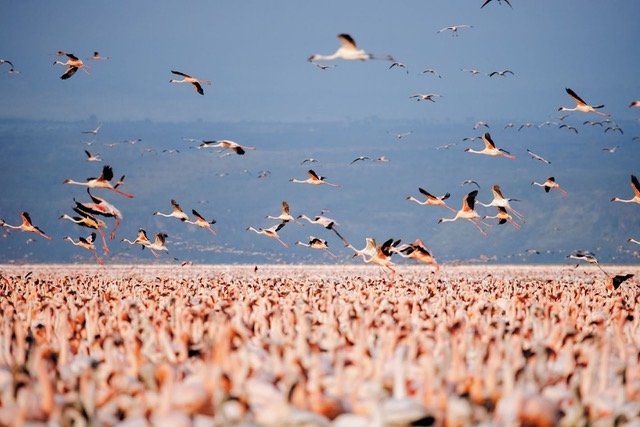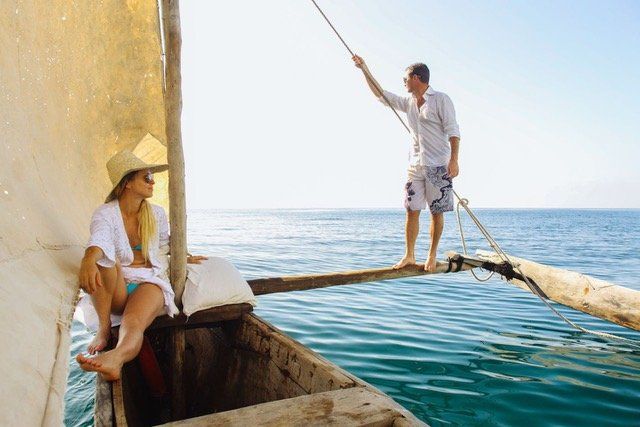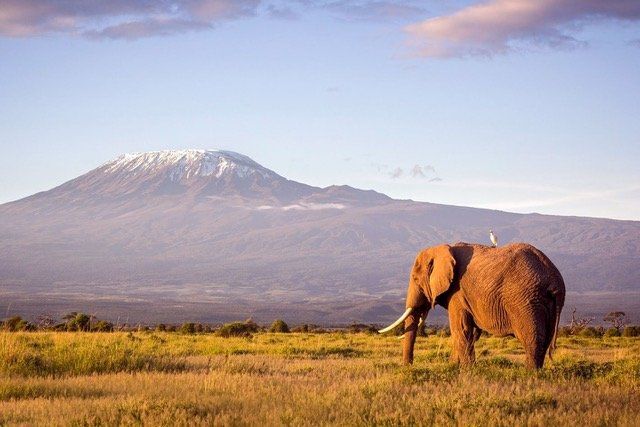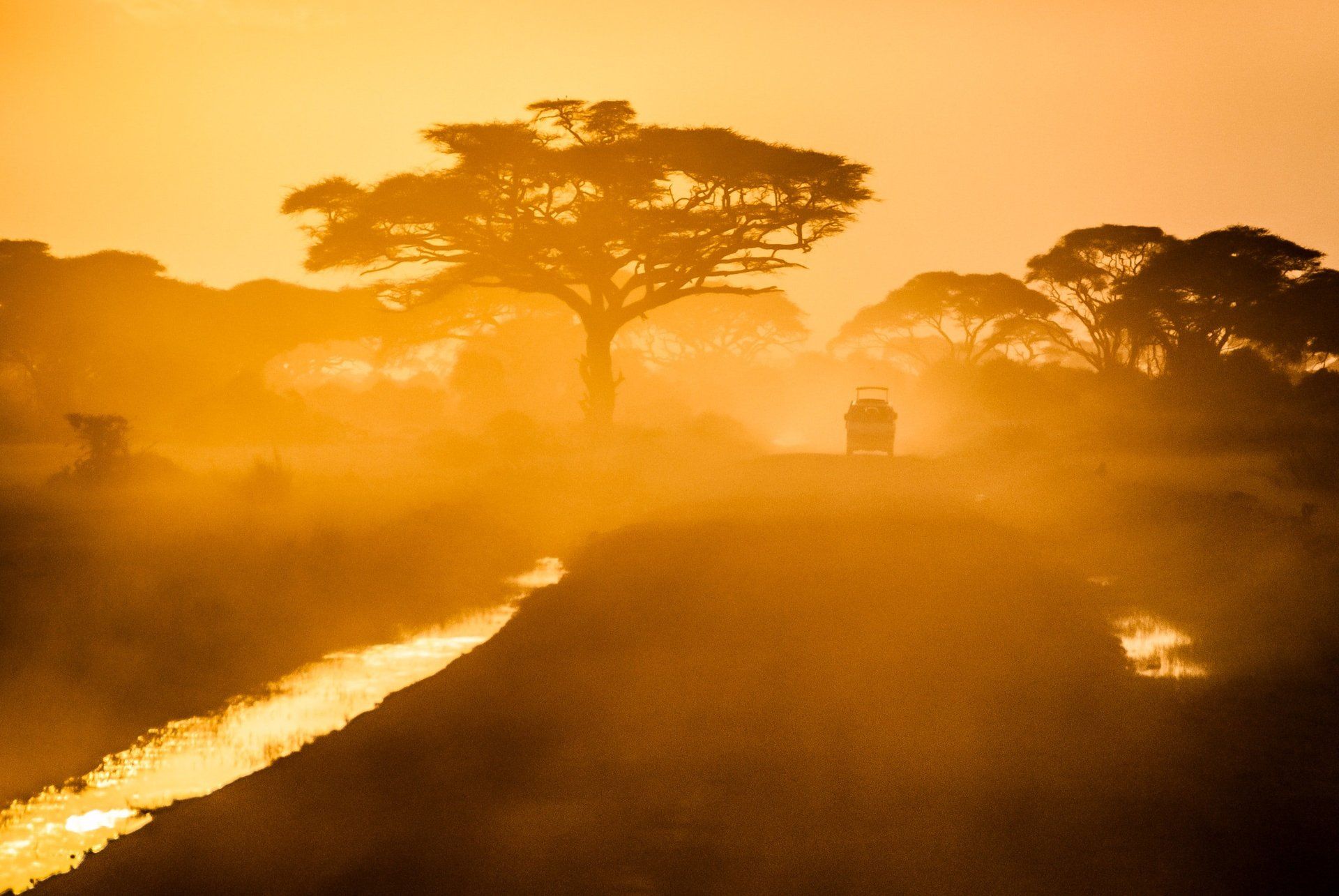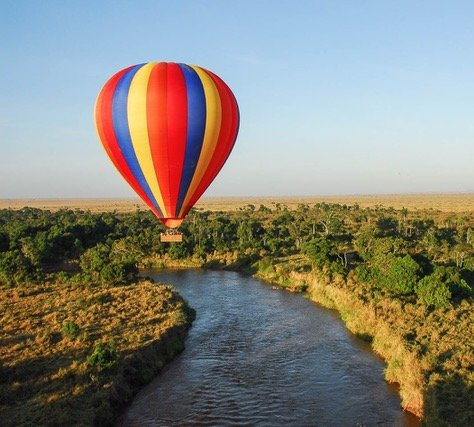Winter (June - October): Ol Pejeta, like all other Kenyan parks experiences its dry season in winter. Temperatures are stable and you can look forward to bright sunny days. This is the perfect time to go to Ol Pejeta, as animals converge to the water sources and vegetation is sparse making the animals easier to spot.
Summer (January - March): For a quieter safari consider travelling to Kenya during the short dry season of January and February, after the short autumn rains have dispersed. This season is almost as perfect as winter, and yet surprisingly unknown by the majority of tourists visiting Kenya.
Spring (November - December): Spring is the season of the short rains in Ol Pejeta. The rain falls in form of short late afternoon showers, so it won’t really impact your game viewing while on your Kenyan safari, and you have the added benefit of lower rates and lesser crowds.
Autumn (April - May): April and May bring the long rains, with torrential continuous downpours and muddy washed-out roads, some of them unpassable. At The Travel Cafe, this is our least favourite season to go to Ol Pejeta.




